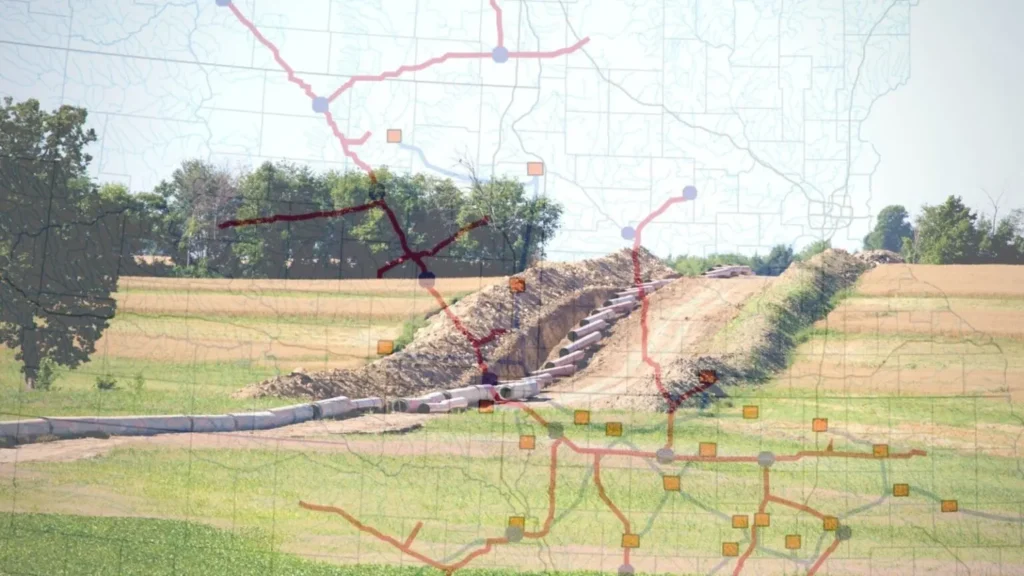Des Moines, Iowa, June 20, 2023 — Early this month, CURE joined environmental advocates, community members, landowners, and pipeline safety experts from across the Midwest in Des Moines, IA, to attend the U.S. Department of Transportation’s Pipeline and Hazardous Materials Safety Administration’s (PHMSA) “Public Meeting on Carbon Dioxide Pipeline Safety.” The Public Meeting focused on potential new carbon dioxide (CO2) pipeline rules that the agency could begin drafting later this year.
The development of regulatory rules typically attracts little attention. However, PHMSA is at the center of a heated debate. Across the Midwest, three companies have proposed building thousands of miles of CO2 pipelines, and questions are swirling over who can and should regulate them. Safety advocates such as the Pipeline Safety Trust say there is too much ambiguity and that current federal safety regulations are “not appropriate to ensure proper federal oversight and public safety in the coming years.” (See Pipeline Safety Trust factsheet).
In recognition of these deficiencies, PHMSA has begun an overhaul of its existing rules. The first draft of the new CO2 pipeline rules will not be released before October 2024, with final rules potentially coming several years later. CURE has joined other pipeline opponents in pushing for a moratorium on the construction of the projects until new federal regulations are completed.
PHMSA’s Public Meeting came just a few days after the Minnesota Public Utilities Commission (PUC) closed the public comment period on the scope for its upcoming environmental review of one of the proposed pipelines in Minnesota, Summit Carbon Solution’s Midwest Carbon Express. Numerous commenters questioned how the PUC could truly assess the impact of any potential pipeline route in the absence of federal safety guidelines. “It’s absurd that we would allow any pipeline to be built according to half-finished safety regulations,” said Sarah Mooradian, CURE’s Government Relations and Policy Director. She continued, “Without up-to-date guidelines about the unique threats CO2 pipelines pose to human and environmental health or how to build and site these pipelines safely, state agencies like Minnesota’s PUC are flying blind.”
Minnesota is in a unique position compared to neighboring states when it comes to routing because eminent domain is not available for CO2 pipelines potentially constructed here. This means that Summit and other pipeline developers must obtain voluntary easements from landowners. Meanwhile, Minnesota law restricts the PUC from considering where the company has obtained easements when deciding where to route the pipeline. “The PUC has to decide on a route based on what the environmental and local impacts will be—or no route at all, for that matter,” said Peg Furshong from CURE. She continued, “If the PUC chooses a route and Summit doesn’t have those easements, they don’t get to build that pipeline. Minnesota landowners have a lot of power.”
More information:
Additional info about CO2 pipelines: www.carbonpipelinesmn.org
CURE is a rural-based democracy-driven organization with offices in Montevideo and staff across Minnesota. Our work strives to build grassroots community power to address the connections between environmental challenges, societal inequities, and other systemic challenges facing our communities.
###


